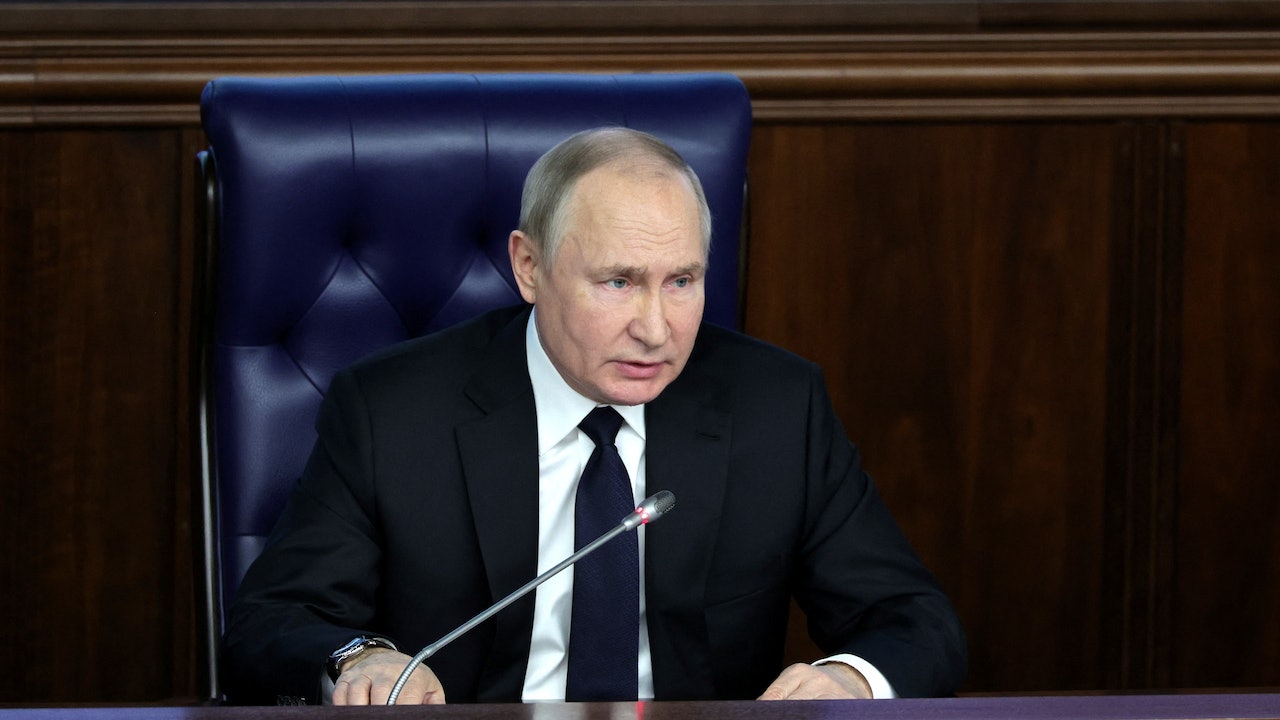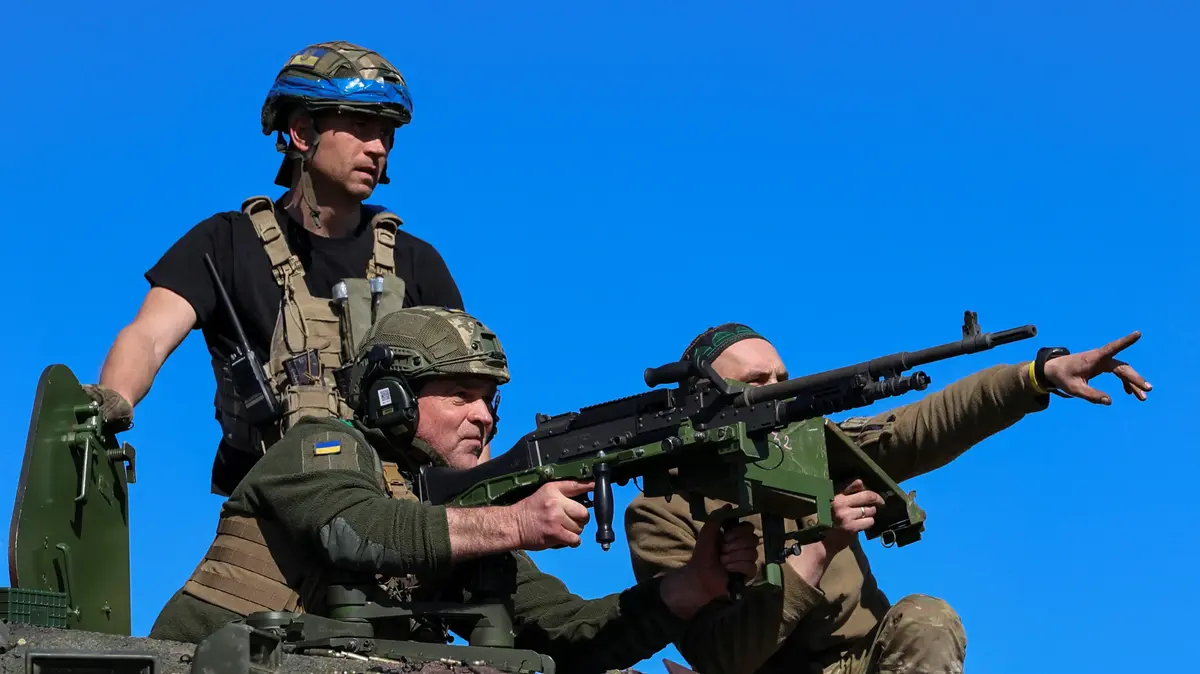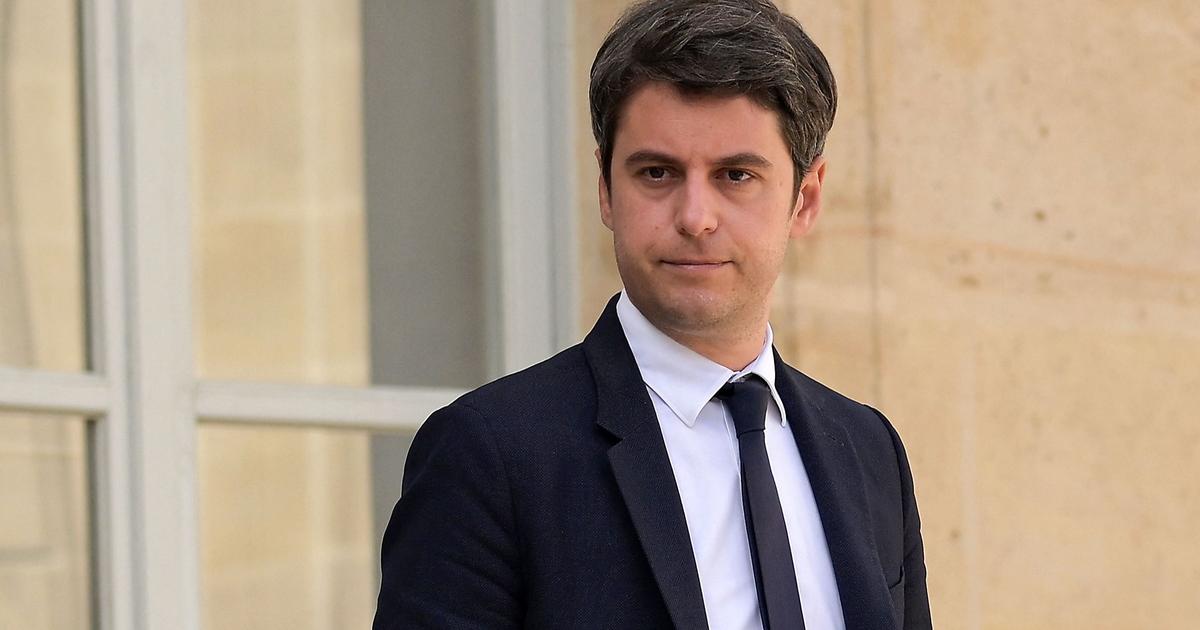On December 21, Ukrainian President Volodymyr Zelenskyy visited the United States. The United States also announced on the same day that it would assist Ukraine with Patriot missiles. It is obvious that the war will continue.
Looking back at the development of the Russia-Ukraine war, since Russia launched a special military operation on February 24, the war has lasted for more than 10 months.
The Russian army quickly surrounded Kyiv at first, hoping to force Ukraine to surrender directly and agree to various "Finlandization" conditions offered by Russia, including amending the law to ensure that it will not join NATO, renounce the possession of offensive weapons, and ban anti-Russian political parties.
However, judging from the results, this aggressive military advance failed, and Ukraine did not give up resistance because of this. The Russian army had to transfer to the Donbas (Donbas) in April and announced the start of the second phase of the operation.
After a bloody battle, the Russian army once occupied more than 20% of Ukraine's territory. However, with Ukraine's counterattack with the aid of Europe and the United States, it took back parts of Kharkiv and Kherson after September. The scope of actual control has been reduced.
At the same time, Russia held referendums on membership in Donetsk, Luhansk, Zaporizhzhia, and Kherson from September 23 to 27. On September 30, the four places were officially "incorporated" into Russia, with the intention of consolidating the achievements made.
Ukraine is currently engaged in a war of attrition to retake the occupied territories, relying on military and economic assistance from Europe and the United States. The U.S. military has launched a war of attrition centered on artillery fire, and has begun to use Iranian-made military drones. At the same time, it has ordered domestic military factories to speed up work.
And on December 21, when Zelensky visited the United States, Russian President Vladimir Putin held an enlarged meeting of the Ministry of Defense, saying that there is no financial limit for this war, and the military will respond to requests.
Russian Defense Minister Sergei Shoigu also introduced a series of military reform plans, demonstrating Russia's preparations for a war of attrition.
Although Putin stated that Russia is ready to negotiate at any time and hopes to end the war as soon as possible, his so-called "negotiation" is obviously not a situation like "the withdrawal of Russian troops from Ukraine and then talks" requested by the Ukrainian side, so the war will continue in the short term.
Russian Defense Minister Shoigu.
(Reuters)
Three key points of military reform
Looking closely at the details of the military reform introduced by Shoigu on December 21, we can observe several key points, reflecting Russia's strategic thinking.
First, increase the number of troops to meet the increasingly large front-line needs.
According to Shoigu, Putin signed a presidential decree as early as August, requiring that the total number of Russian armed forces be increased to more than 2 million from January 1, 2023, of which the number of military personnel should reach 1.15 million, which is higher than today's There are 137,000 more posts.
At the meeting on the 21st, Shoigu put forward a series of detailed proposals for increasing the number of troops, including increasing the number of military personnel to 1.5 million, and maintaining the existing system of conscription and contract soldiers, but the number of contract soldiers should be increased to 69.5 10,000, equal to twice the number of active contract soldiers.
In addition, the Russian Ministry of Defense also proposed to adjust the conscription and recruitment regulations, such as raising the compulsory conscription age from 18 to 21, adjusting the maximum age limit from 27 to 30, and personnel will have the opportunity to sign contracts from the beginning of service.
It can be seen that the new plan pays special attention to the number of personnel in the Russian army, and hopes to realize the military expansion plan mainly by increasing the number and proportion of contracted troops.
Russia obviously presupposes that the Russo-Ukrainian war will continue for some time, hoping to ensure sufficient numbers of front-line fighters, but unwilling to let the conscription system bear all the pressure, so as not to detonate large-scale public grievances and endanger Russia's political security situation.
On April 5, in Borodyanka, Ukraine, a woman walked past a dilapidated building with a kitten in her arms.
(Reuters)
Second, strengthen military production and logistics maintenance capabilities.
Shoigu said that the Russian Ministry of Defense will pay necessary attention to the development of military necessities and their industries, supervise the implementation progress of national procurement, and require relevant units to adjust their work schedules. For example, some of the most urgently needed products must be delivered before 2023.
In addition, the Russian Ministry of Defense will continue to rebuild its own maintenance institutions, speed up armament maintenance, and will build three new repair plants in 2023.
This measure is still a direct response to the possible protracted protracted war of attrition between Russia and Ukraine.
In addition, in addition to the Ukrainian battlefield, the Russian army must also maintain a certain degree of military presence in Syria, lest Turkey take advantage of it and make Russia's years of business success fall short.
Under the huge demand, improving Russia's arms production capacity will be able to meet the equipment needs of the expansion of the army; the establishment of a maintenance plant can transfer some orders and reduce the work pressure of non-defense maintenance units.
Third, adjust the force structure in response to the new situation that Finland and Sweden are about to join NATO and Ukraine "enters Russia in four places".
According to Shoigu, Russia will rebuild the Moscow Military District and Leningrad Military District, which were merged into the Western Military District in 2010, and form a new army group at the same time.
For example, Karelia (Karelia), which is adjacent to Finland, will establish a new army corps, and Ukraine's Kherson and Zaporozhye regions will establish two combined divisions.
In addition, in the military districts in all strategic directions, Russia will form 5 artillery divisions and powerful artillery brigades, and some existing troops will also expand in size, such as the 7 motorized infantry brigades of the Western Military District, Central Military District, Eastern Military District and Northern Fleet It will be expanded into divisions, and the Marine Brigade will be expanded into 5 divisions.
In addition, the Aerospace Forces will also have new formations, including 3 aviation division headquarters, 8 bomber regiments and 1 fighter regiment. All mixed aviation divisions and brigades of the Army Aviation will be equipped with air and space forces.
The above-mentioned measures are clearly plans to respond to new challenges such as NATO’s further expansion and the consolidation of Russia’s occupation of land, and they must also be coordinated with reforms such as increasing the number of troops and improving military production and maintenance capabilities.
On April 29, in Irpin, Ukraine, the city was devastated after being bombed by the Russian army.
(Reuters)
The foundation of the war of attrition
The aforementioned military reform plan demonstrates Russia's determination to advance the war of attrition.
Comparing the conditions and thinking of the Russian and Ukrainian armies, the two sides have different confidence in the war of attrition.
On the Russian side, due to the political situation, it is unable to carry out a national mobilization like Ukraine, so the number of front-line combatants in the Russian army is relatively tight; but thanks to the huge military-industrial complex left by the Soviet Union, the Russian army has a large number of artillery and Equipment reserves can be used to launch a war of attrition centered on artillery fire.
Observing the current battle situation, it can be found that because the flanks of the advancing troops are unprotected, the Russian army cannot launch an offensive and advance significantly; but because of this, the primary purpose of the Russian army is not to capture the city, but to attract the Ukrainian army to gather. With the cooperation of drones and quadrotor drones, large-scale artillery fire was mobilized to wipe them out. The bloody battle around Bakhmut is just the embodiment of this thinking.
On March 9, in Lviv, Ukraine, Olga hugged her boyfriend Vlodomyr, who was about to be sent to the front line to fight.
(Reuters)
By consuming Ukraine's vital forces, Russia's goal is to keep the casualty rate of the Ukrainian army rising until it is unable to fight and gives up resistance. At the same time, it will prevent the Russian army from suffering heavy casualties under the blind offensive, forcing Moscow to announce mobilization again, causing political instability.
Under this thinking, Russia has to occasionally sacrifice political interests, give up defending the territory, and take preserving combat effectiveness as the highest goal, so there will be two major retreats in Kharkov and Kherson.
Ukraine's war of attrition, on the other hand, relies on the armament assistance from the West, as well as the effective forces gathered by the general mobilization of the whole country.
Ukraine's military industrial production capacity is not as good as Russia's. Months of war have strained its ammunition stocks, and Kyiv can only increasingly rely on Western military aid.
In order to ensure the willingness of the West to aid, the Ukrainian army needs to prove that it is "worthy of support" with the results of the battle. Otherwise, Europe and the United States may reduce their "ineffective investment" in Ukraine due to heavy internal economic problems. Once the decline in Western aid leads to the Ukrainian army's arms deficit, the front will continue to collapse.
Therefore, Ukraine has no choice right now. Knowing that the Russian army is under heavy artillery fire, it can only continue to launch offensives.
Of course, Ukraine's strategy is not fruitless. It mobilized a large number of manpower to form a new brigade, and used the strike group to quickly attack, break through the defense line, and hand over the conquered territory to the recruits for defense.
This strategy worked well in areas where the Russian army was short of manpower and the line of defense was weak, such as Kharkov; however, it did not go well in areas where the Russian army was abundant, such as Kherson, and caused a large number of casualties until the Russian army suffered from logistical problems. Only by taking the initiative to retreat, Ukraine successfully regained the lost ground.
On December 21, in Washington, USA, Zelensky delivered a speech to the US Congress.
He reiterated that Ukraine would not surrender and thanked the U.S. for aid, saying "your money is not charity, it is an investment in global security and democracy." (Getty Images)
In addition, this strategy still faces the fatal problem that Ukraine's vital forces cannot be quickly regenerated.
When the Russo-Ukrainian war broke out, Ukraine had 43 million citizens, 5 million of whom were conscriptable men.
But a total of 14.3 million Ukrainians have fled their homes amid the fighting, with another 9 million in Crimea or other Russian-occupied territories, according to the United Nations.
As a result, Ukraine's population today has shrunk to about 20-27 million, a ratio that leaves the country with less than 3 million men to recruit.
Today, about 1 million people in Ukraine have been conscripted into the army. Although there are still a million people who can be mobilized, this is tantamount to eating enough food and hollowing out Ukraine’s economic production base. Even if Ukraine can regain lost ground, future reconstruction will inevitably face extremely difficult situation.
To sum up, the basis for the Russia-Ukraine war of attrition is different.
Russia entered the war with a huge material advantage and a complete industrial base, carefully preserved resources, hoped to make up for the shortage of manpower, and consumed Ukraine's vital forces with artillery fire; the Ukrainian army started the war with a small resource pool, relying on Western aid to maintain He hoped that the waves of offensives he launched at any cost would dampen Russia’s mobilized reserve forces and take back part of its territory, thereby undermining Russia’s internal unity and allowing Putin to start negotiations on terms that favor Ukraine under political pressure.
However, judging from the current posture of the Russian army's intention to promote military reform, Moscow is clearly determined to engage in a war of attrition.
In the final analysis, this is an ultimate confrontation between Ukraine's vital forces, the willingness of the West to assist, Russia's military production capacity, and the will to unite within.
What are the three main points that Russia can observe in this military reform?
Increase the number of troops, enhance military production and maintenance capabilities, and adjust the structure of troops in response to NATO's further expansion and the entry of four regions of Ukraine into Russia.
Why are Russia and Ukraine engaged in a war of attrition?
Ukraine relies on national mobilization and Western assistance, while Russia relies on the military-industrial system and the tactics of the artillery center.
In-depth Russian attack is psychological warfare Ukraine wants to prove that Putin is just a "paper tiger"?
What is the most likely outcome of the Russia-Ukraine war after Zelensky's visit to the United States?
Zelensky's visit to the United States|Russia-Ukraine war is protracted
Talking about the Russia-Ukraine peace talks again: Kissinger's change and the same Russia-Ukraine war|Putin's first visit to Belarus in three years will repeat the "March into Kyiv" in the coming year?











